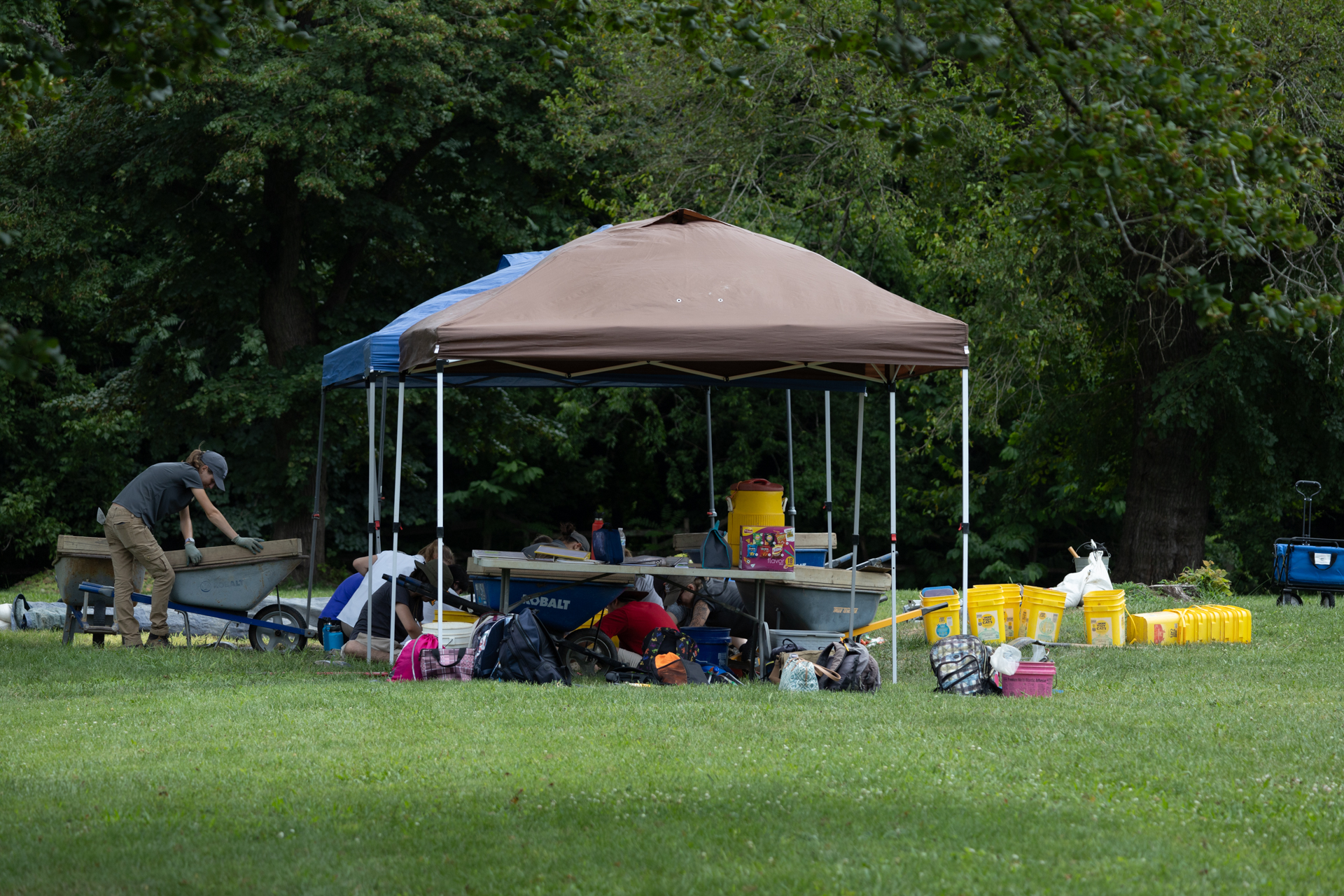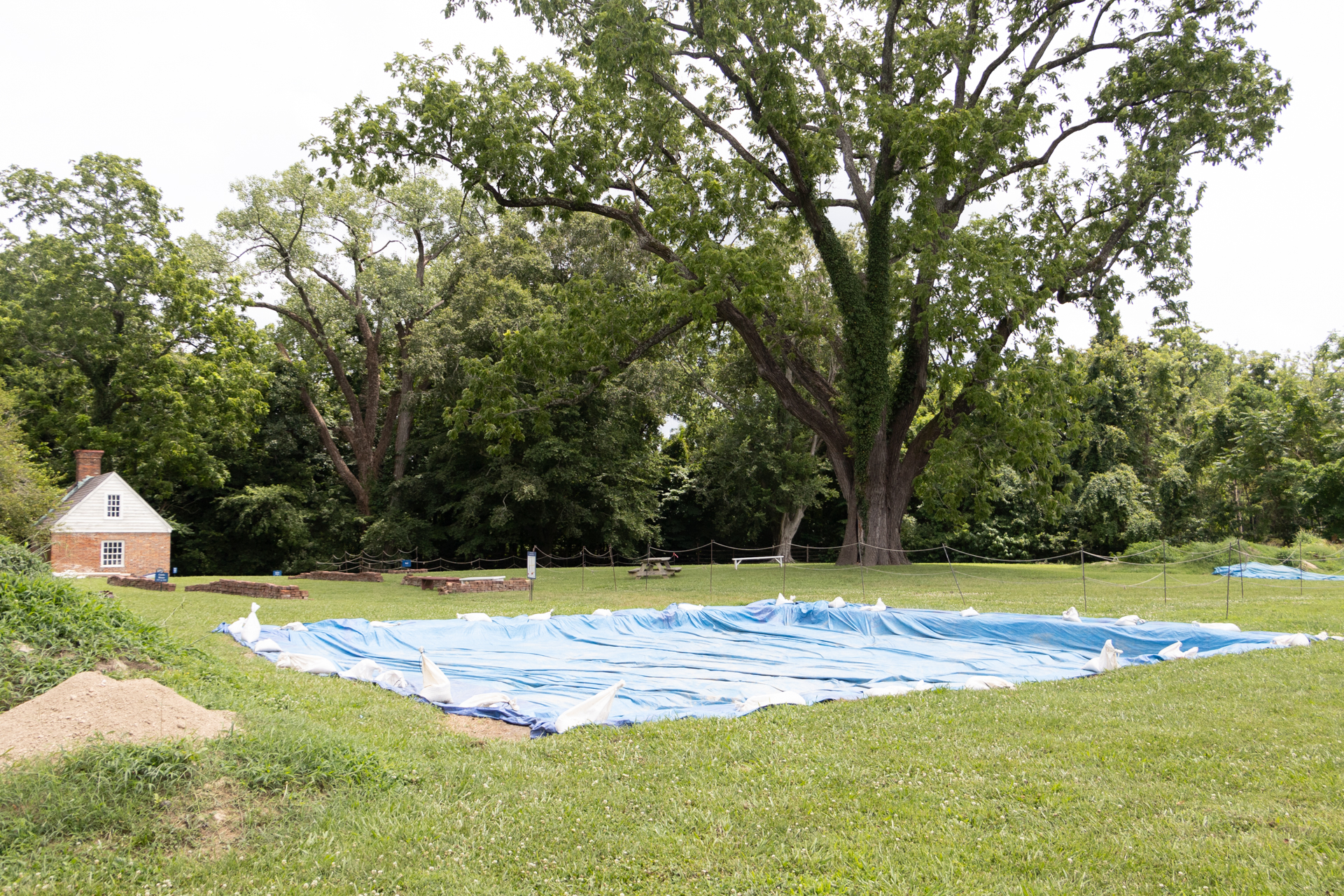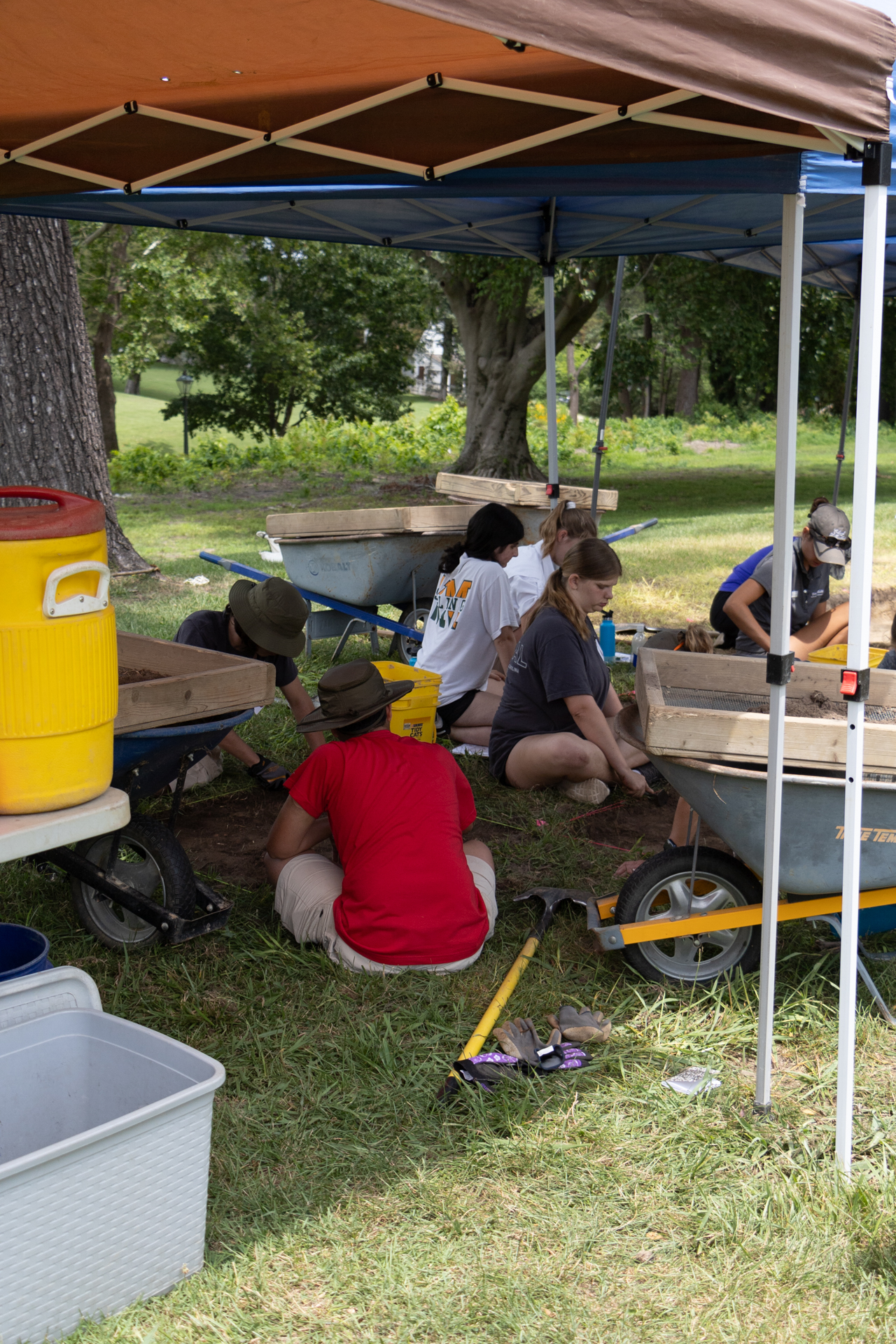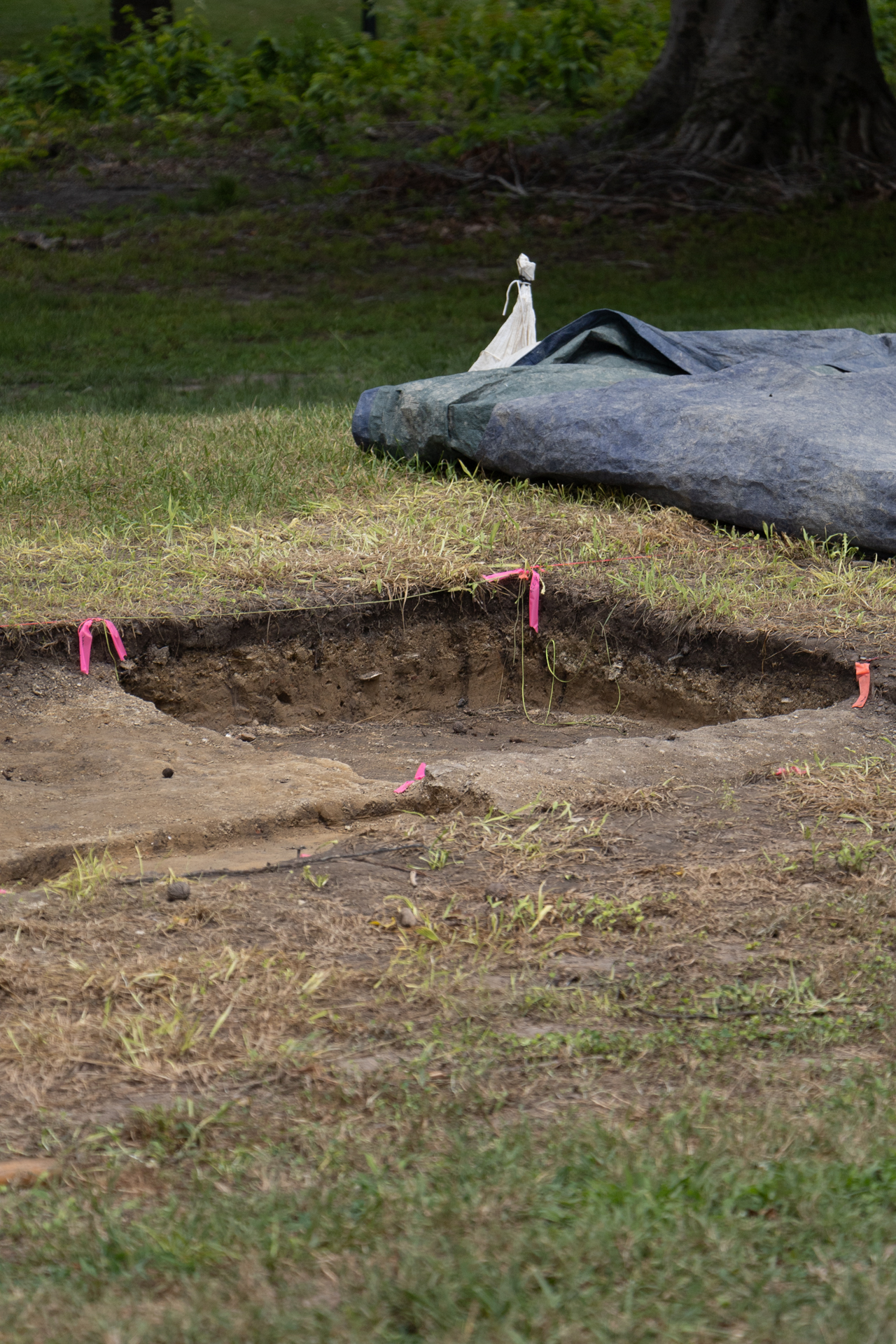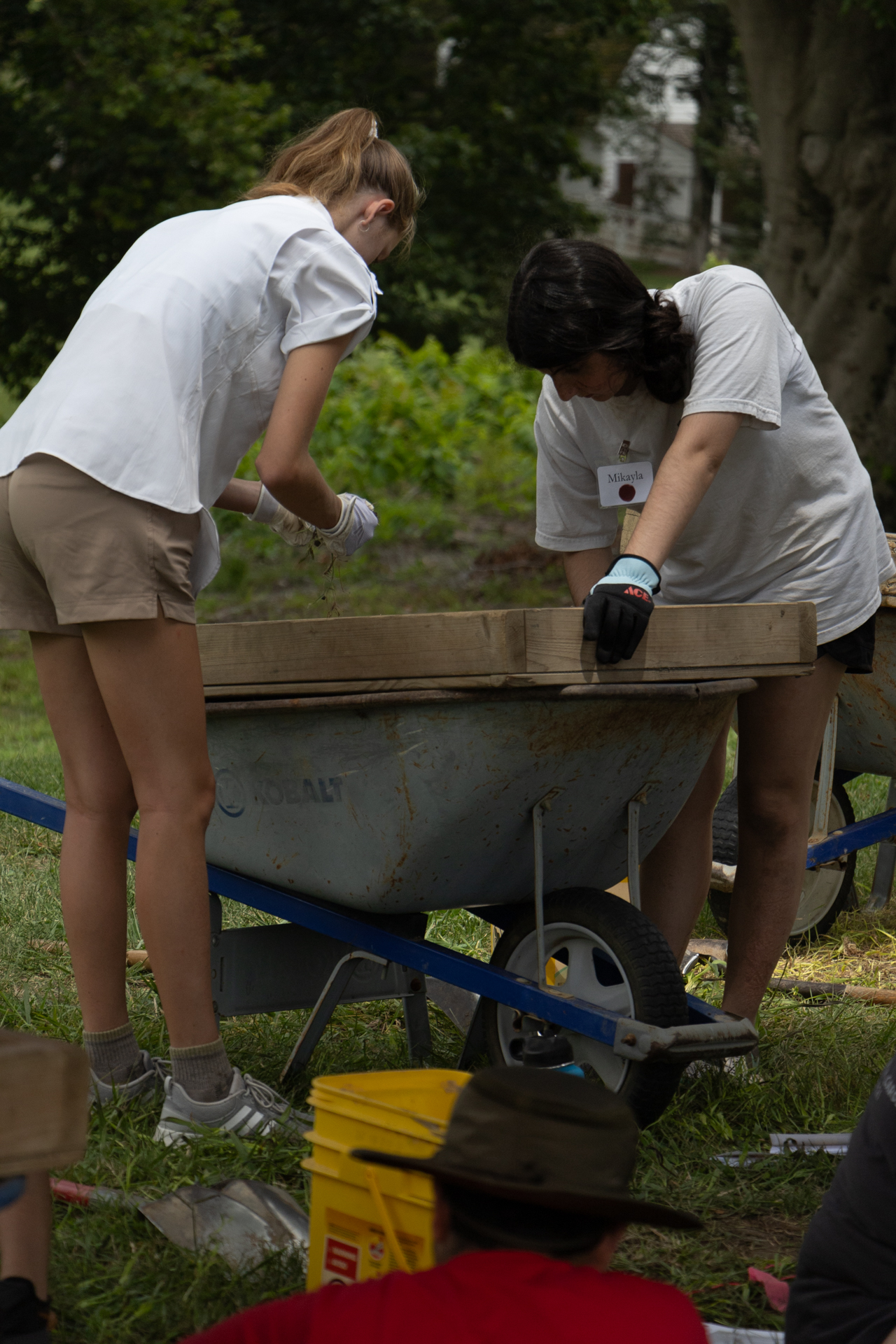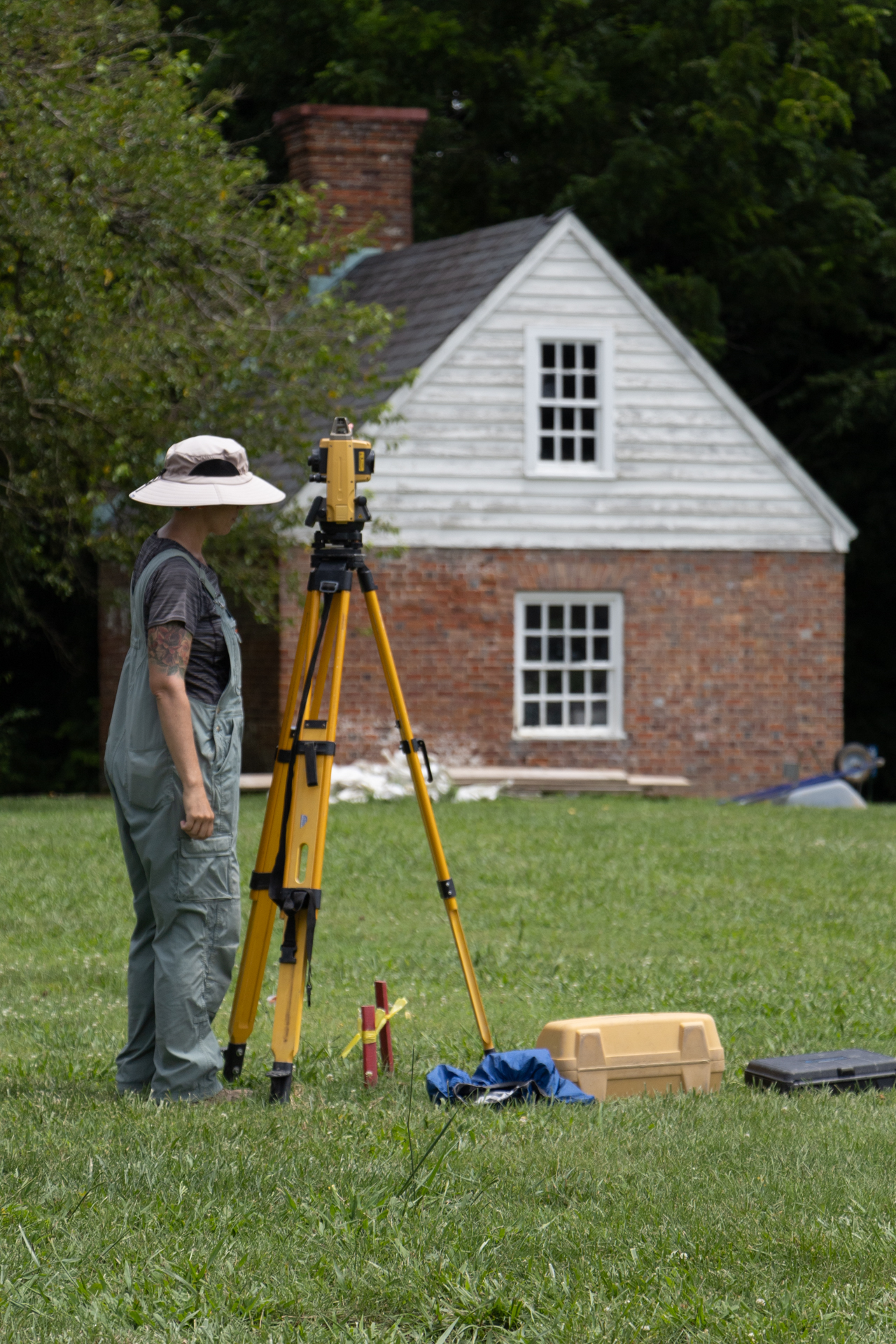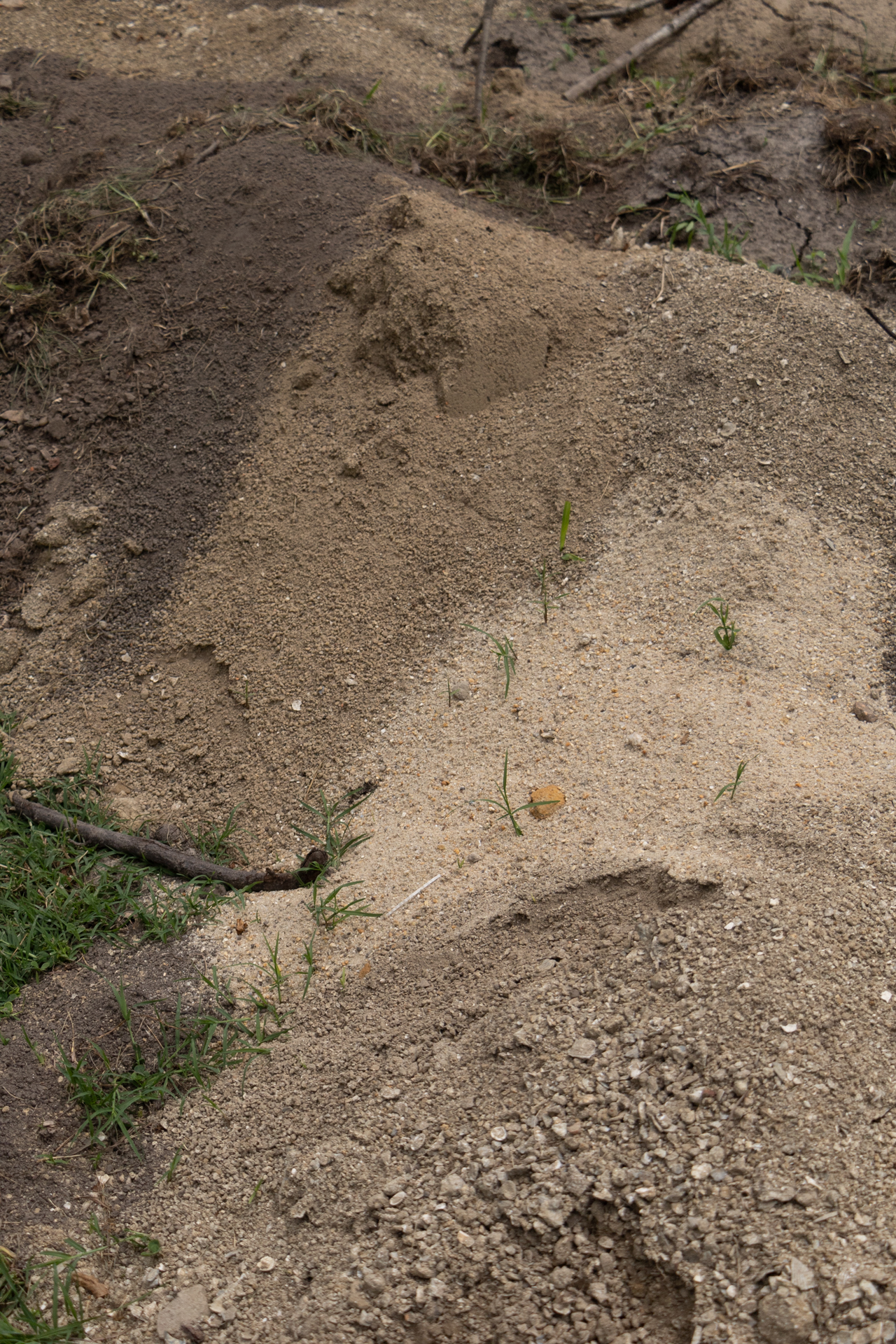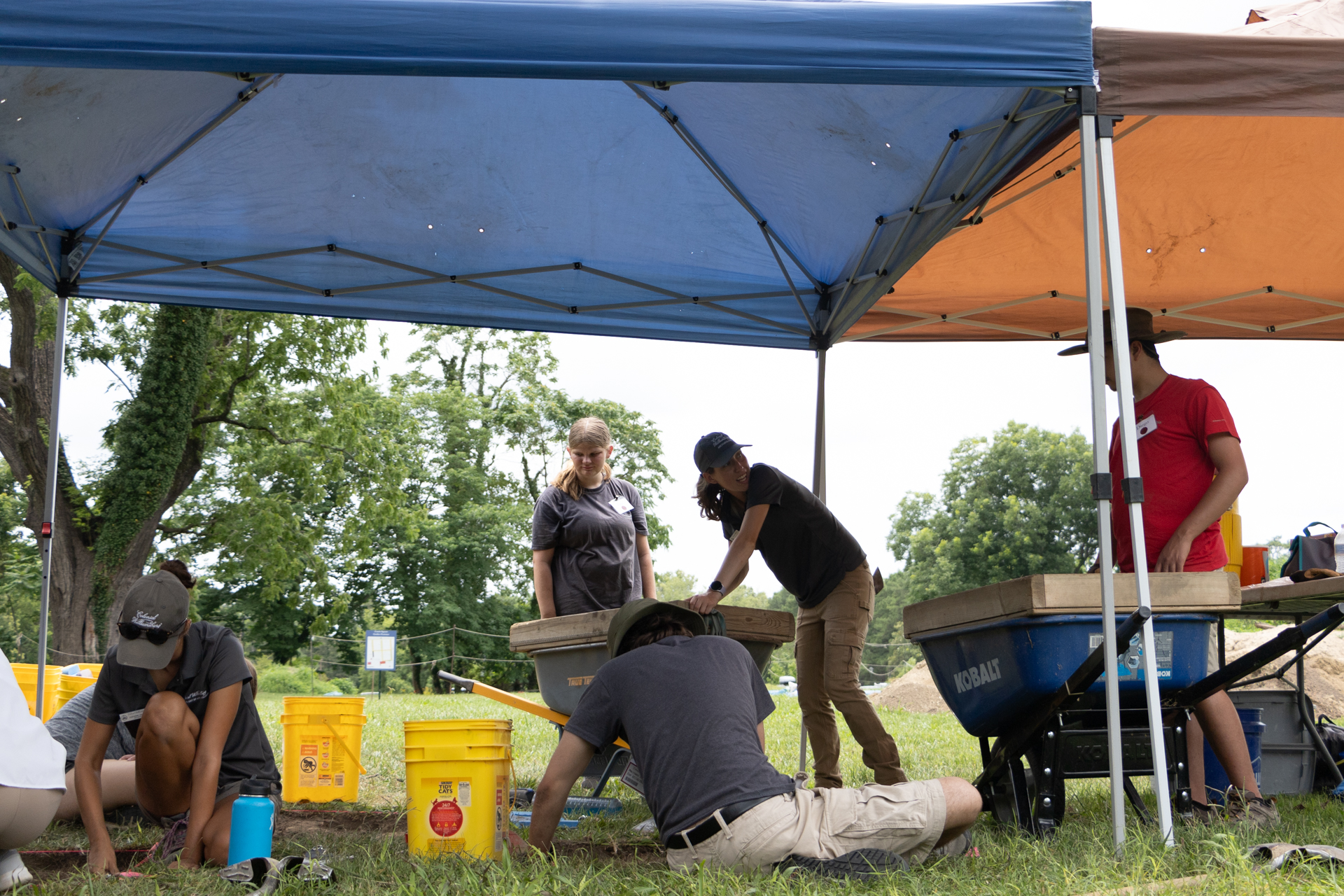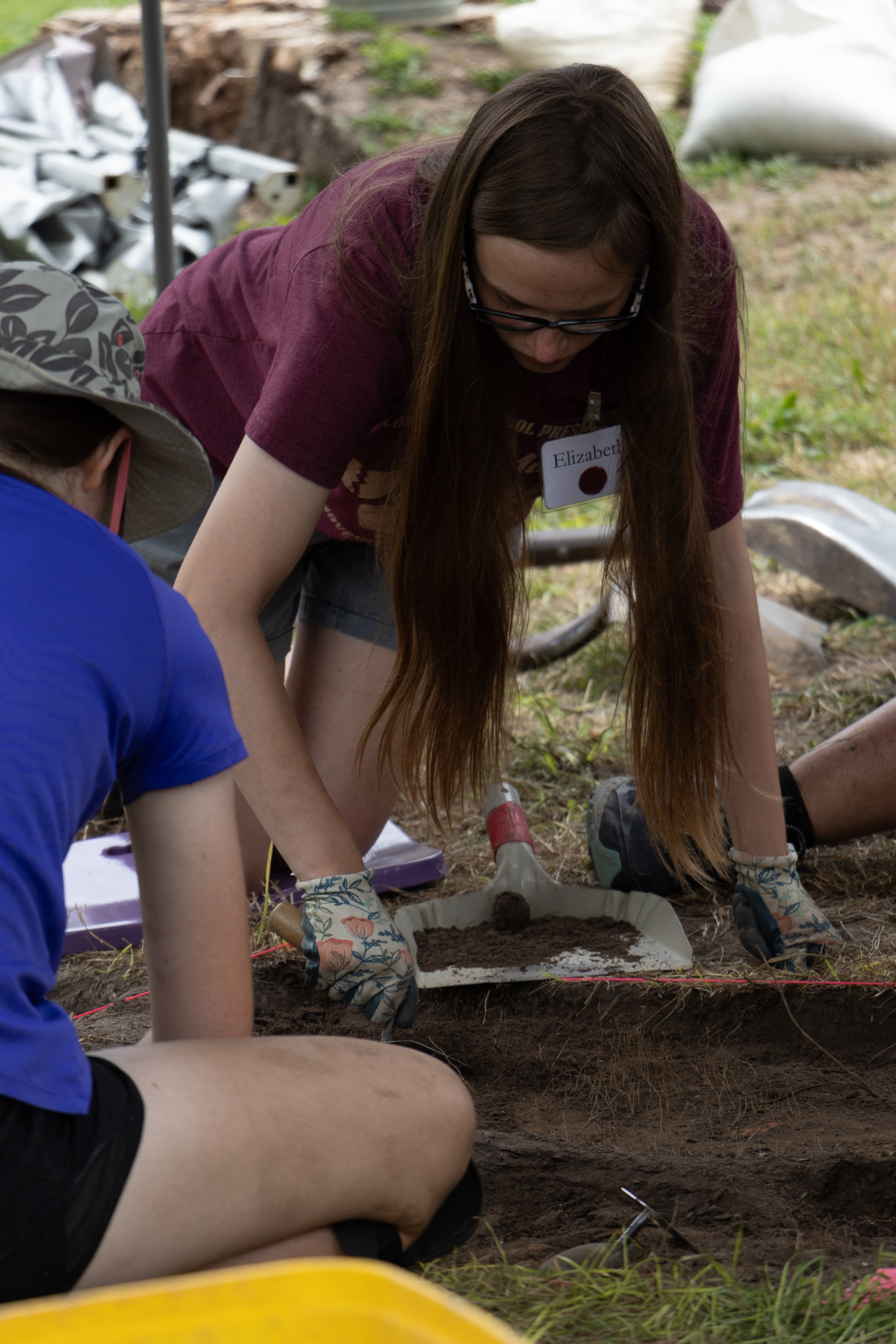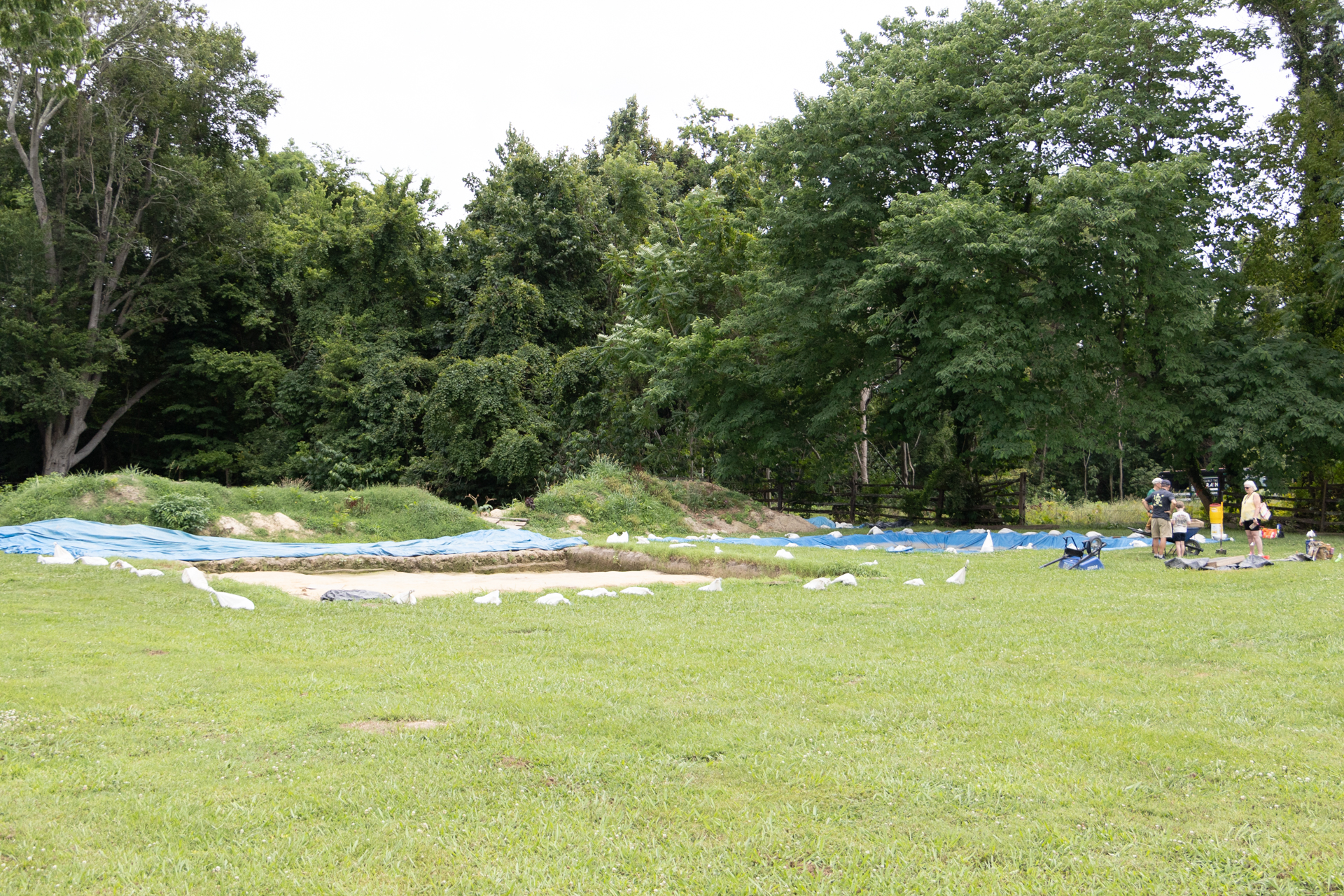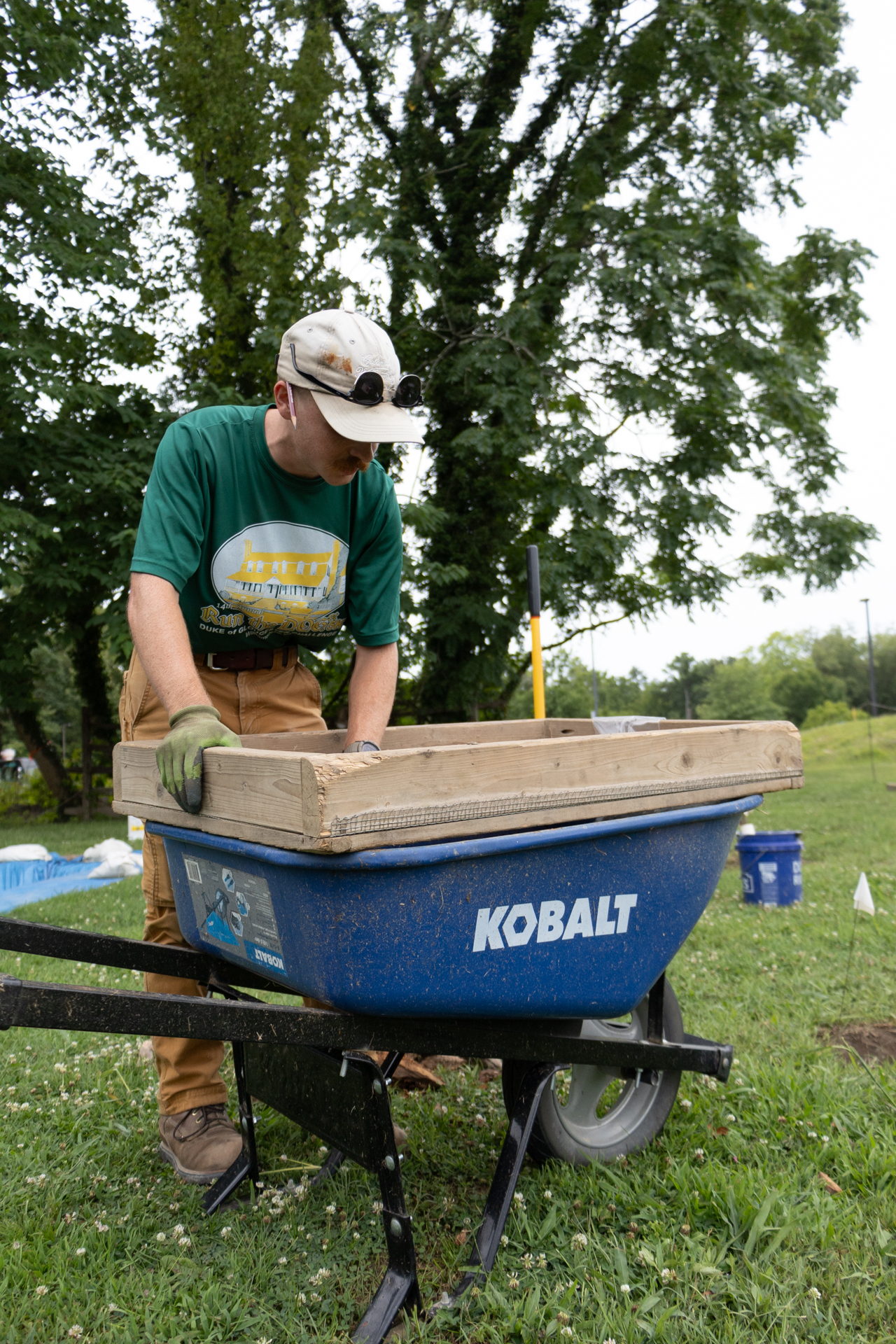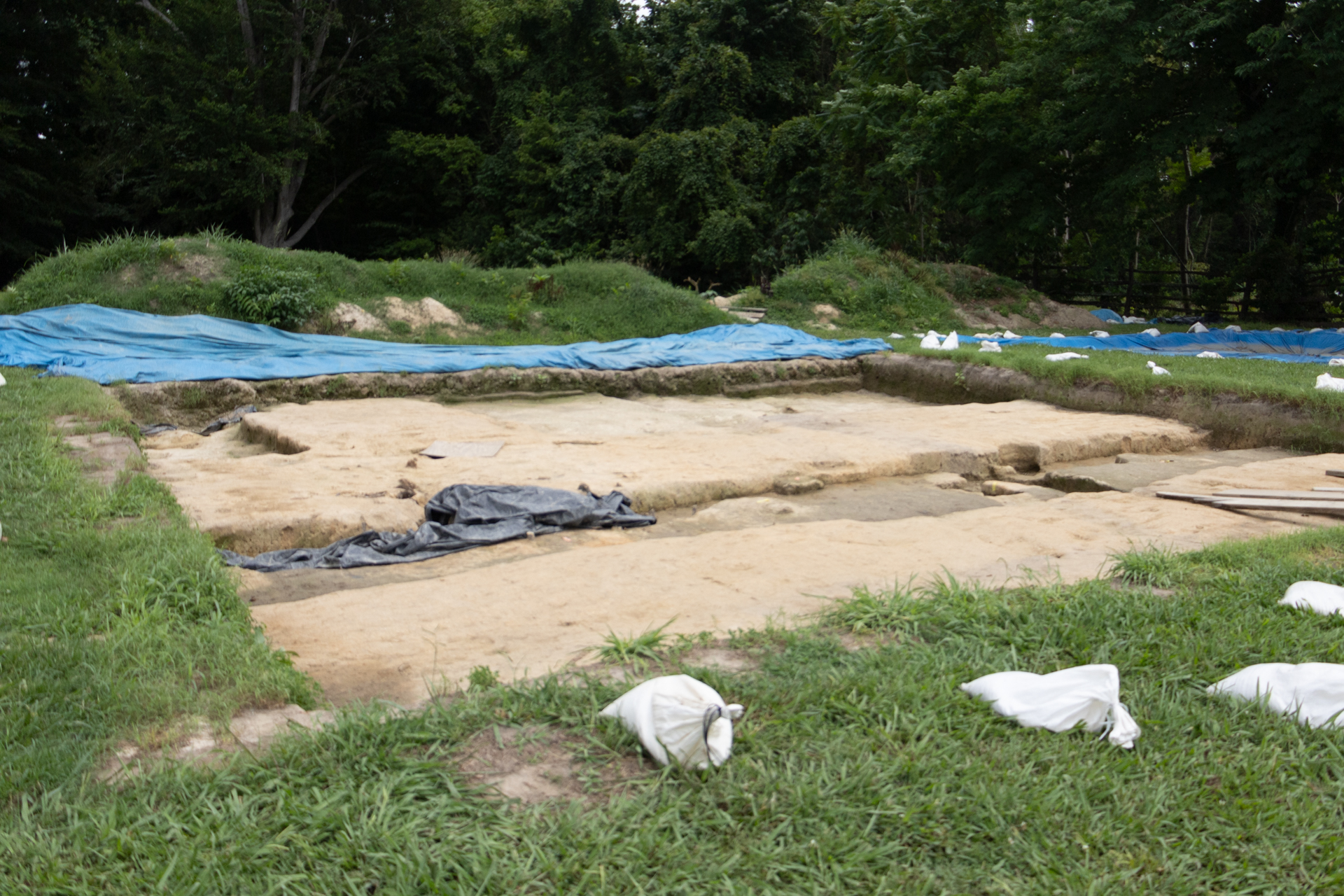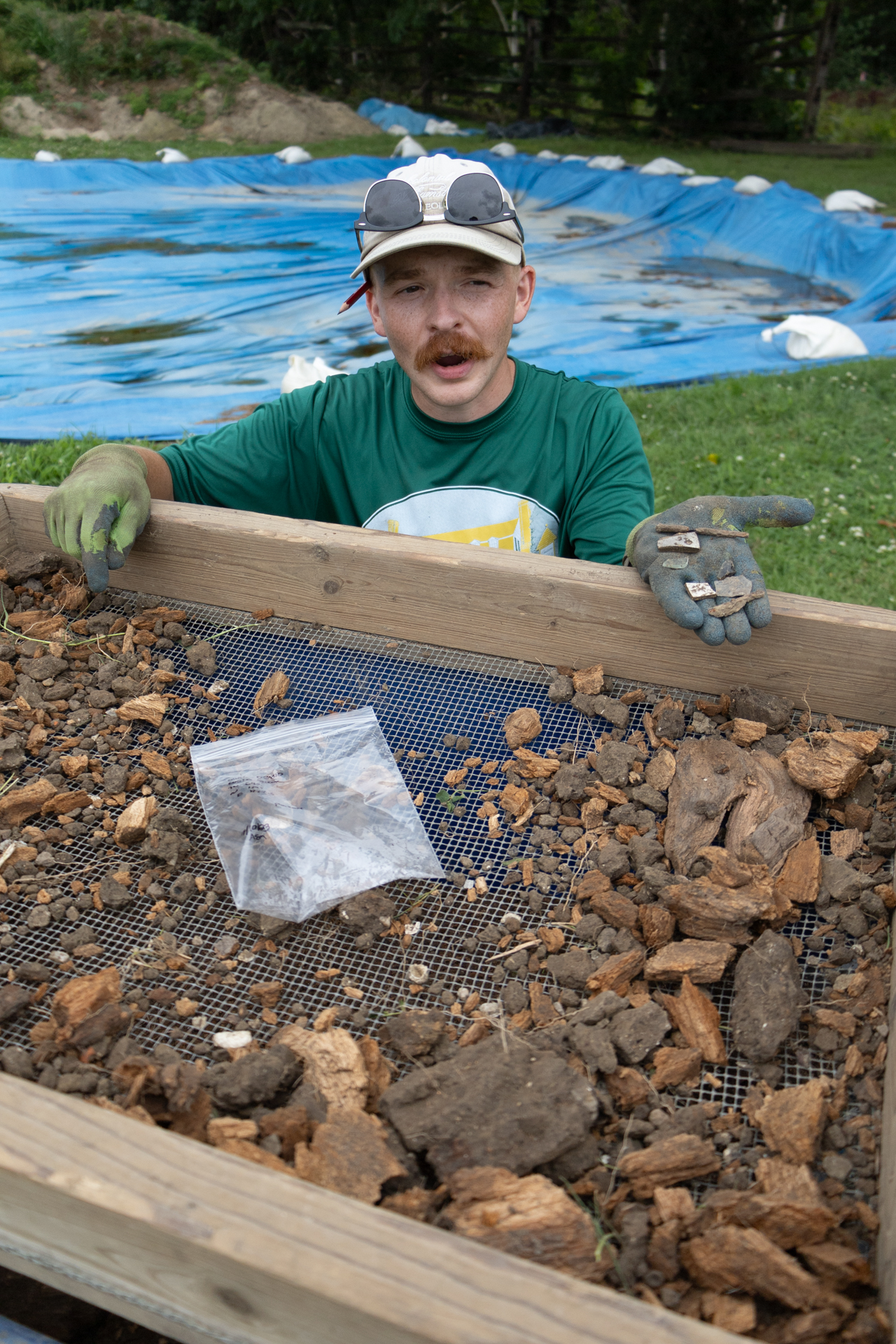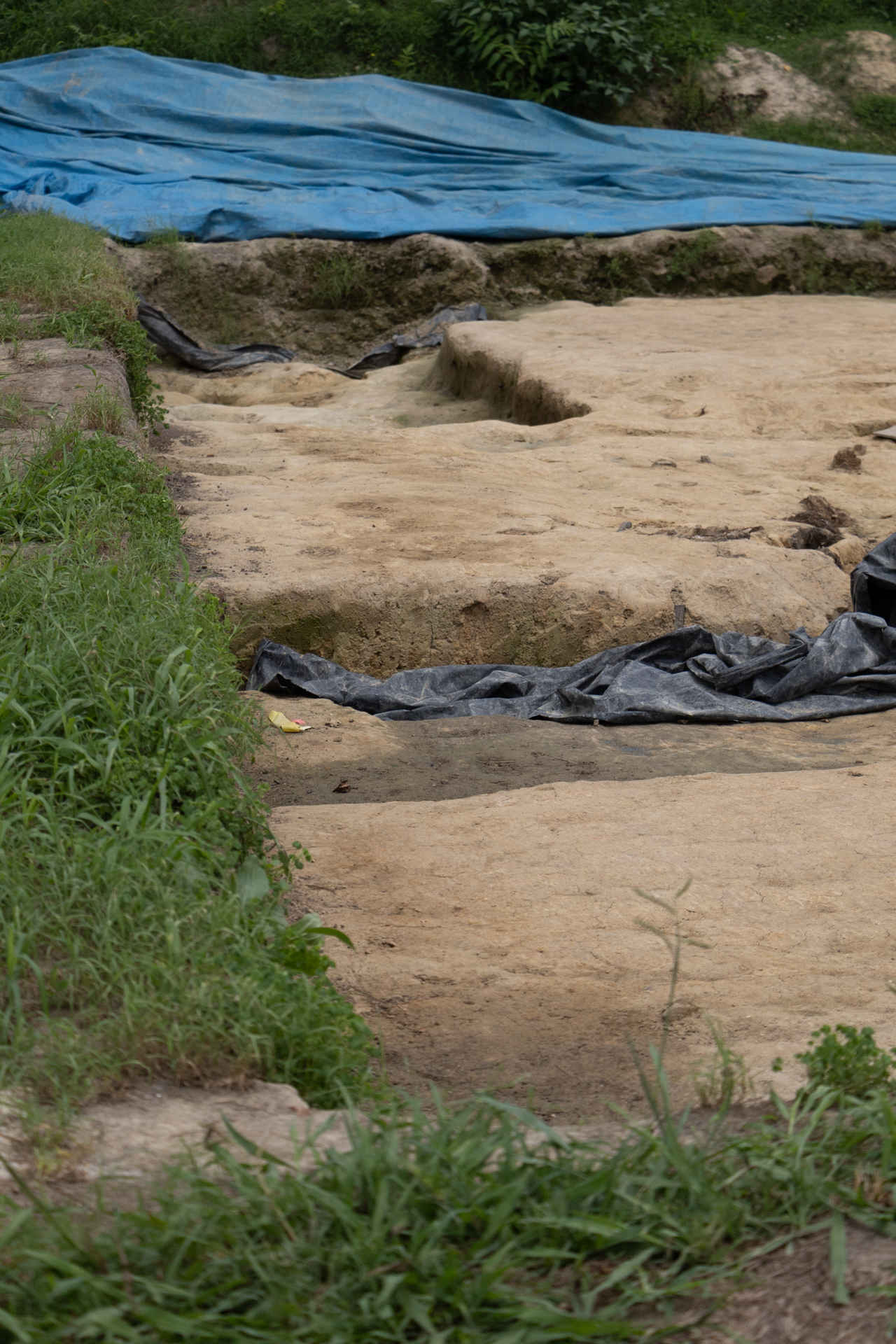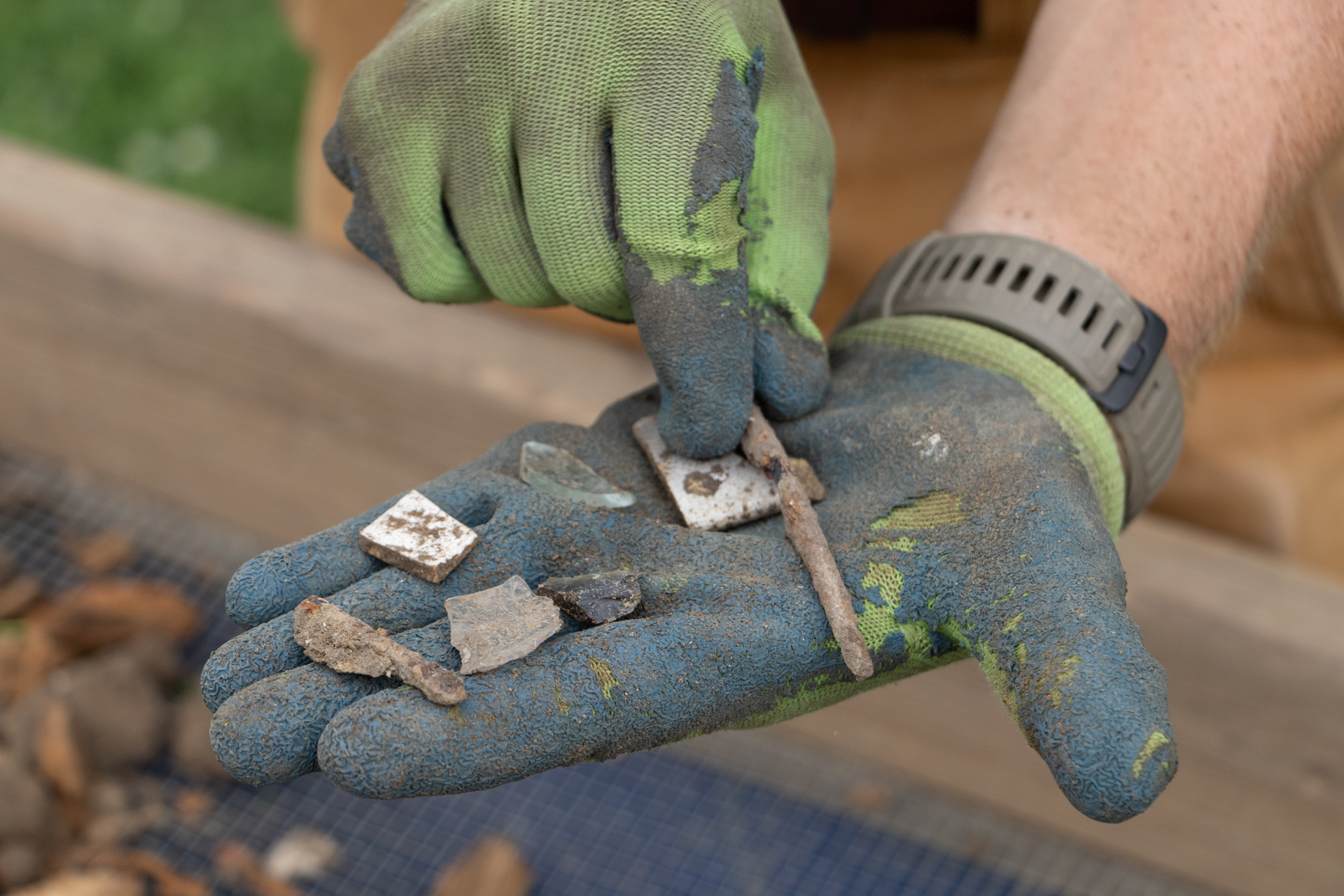WILLIAMSBURG, Va. — For the past four years, Custis Square has been dug, investigated and explored by the Colonial Williamsburg Department of Archeology.
On the corner of South Nassau Street and Francis Street, the public is welcome to walk up, see the archeological site and chat with the working archeological team. The site houses the original structure owned by John Custis IV was previously investigated in the 1960s.
“Overall on our project, we’re trying to identify what John Custis’ garden looked like, so we’re looking for any evidence of the fence lines, which we found one and we’ve got evidence of more fence lines going throughout the property.” said Jennifer Mcgee, archeological field tech.
The project in particular is looking into what is going on within the fence lined areas within Custis Square and where other gardens and structures may have been located as well, said Mcgee.
“We’ve got our high schoolers out here with the Public Archeology Institute today that are trying to learn a little more about archeology, get that hands-on experience all while helping us find where the posts may have been located.” said Mcgee, who has worked for the Colonial Williamsburg Foundation for a little over a year.
In collaboration with The College of William and Mary and under the direction of Colonial Williamsburg Department of Archeology, the Public Archaeology Institute invited rising ninth through 12th graders to work alongside archaeologists for a few weeks over the summer and conduct field work on the Custis Square archaeological site.
“For the last few years now, I have been really interested in colonial history so it just looked like something I’d really enjoy doing and I really really enjoyed it last year, so now I’m back,” said Elizabeth Plank, a Lowell, Michigan, resident and two-time participant in the Public Archeology Institute.
Garden posts have been found in front of Custis’ house; the next question according to Mcgee is: Does it continue?
“We’ve got patterns throughout,” said Mcgee. “These post holes are popping up every eight feet apart, so we’re trying to figure out: is this the same time period, is this the same style of fence that we’ve identified as being here during John Custis’ time? Time to dig into it and find out.”
Adam Macbeth, archeological field tech, goes into depth about the work being done at the Custis Square Archeological site and the history behind Custis’ property.
